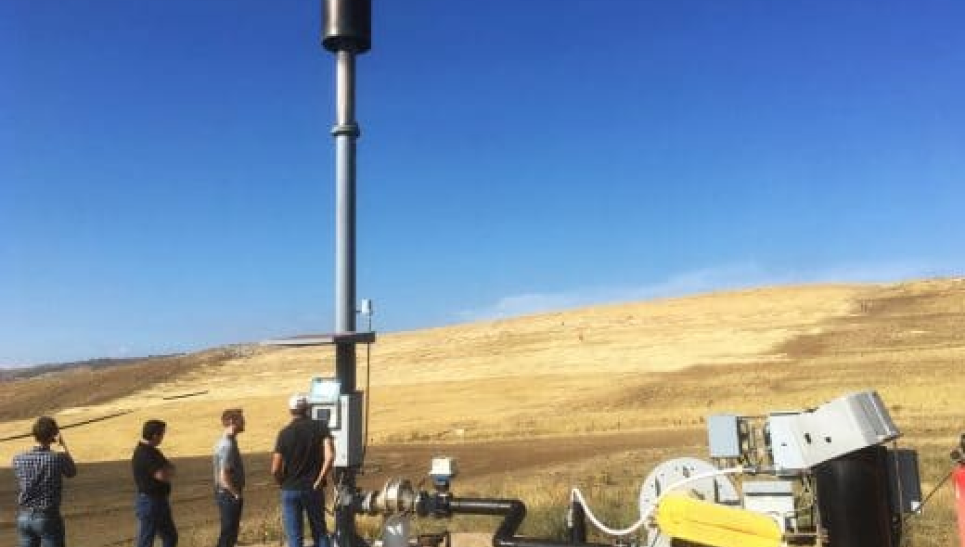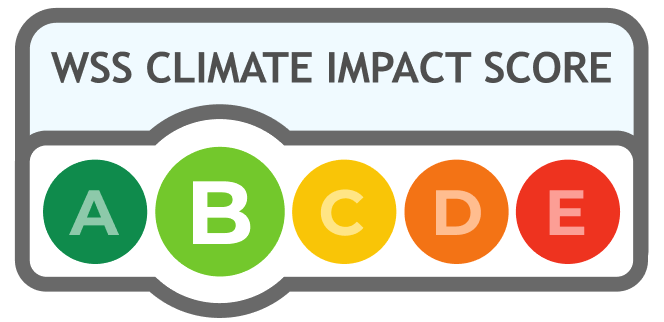All ClimateScale projects have been pre-verified at the industry standard at a minimum. ClimateScale also offers three more stringent verification levels.
Industry Standard Verification: Projects sourced and verified from existing registries or marketplaces that meet their respective standards and criteria.
WSS Standard Verification: Utilizing our Decision Support assessment AI, we thoroughly evaluate projects to ensure they meet ClimateScale's higher standards for environmental impact and integrity.
Satellite Verification: We employ current high-resolution satellite images of project sites to verify project details and monitor progress, adding an extra layer of transparency and accountability.
Expert on Site Verification: Independent auditors/verifiers are dispatched to assess projects on-site, confirming project claims, quality and alignment with sustainability standards. This level of verification ensures the highest level of integrity and impact.

40.504 ,-105.125
16000 Credits Available
23,375 Credits sold to date
Reliability Score: 89%
This project is considered one of the most promising sequestration formations in the Rocky Mountain Region. It aims to store CO2 in three 8,000-foot deep-rock aquifers beneath Colorado State Land Board land and capture and burn methane from landfill waste for electricity. Landfill gas-to-energy projects reduce global warming pollution by adding renewable energy to the grid and preventing methane from leaking into the air. The facility's benefits are equivalent to taking 7,500 cars off the road each year, and can minimize the impacts of landfills by preventing groundwater contamination.
Additional Project impacts and benefits:
1. The Larimer County Landfill project in Colorado has improved health conditions for around 3,000 people within a 2 mile radius. Landfill gas contains volatile organic compounds (VOCs), including hazardous air pollutants (HAPs), which pose health risks such as respiratory irritation and central nervous system damage.
2. The California Air Resources Board has assigned cancer risk factors to HAPs and dioxins found in landfill gas. The combustion of LFG reduces its public health impact by destroying most HAPs. An analysis comparing the toxicity of raw LFG to LFG combustion exhaust revealed that LFG combustion exhaust has a total inhalation cancer potency of 3.17-9 lb Toxic Equivalent Units (TEQ)/MWh equiv., making raw landfill gas approximately 24 times more carcinogenic to human health than landfill gas combustion exhaust.
3. The landfill covers approximately 160 acres, with 33 acres being the active landfill space. An active landfill gas collection system was voluntarily installed in September 2009, consisting of 41 wells. The gas is collected in a gathering system and piped to the landfill gas processing facility, where a blower sends the gas through a condensate sump and on to an open flare.
4. This system generates annual emission reductions on the order of 20,000 metric tonnes CO2-equivalent.

Click blue or green area on the chart for details. This infographic shows the core values that a green initiative or environmentally friendly project (GHG emission) tries to uphold in order to restore balance with nature, be sustainable and resilient to climate change, and protect ecosystem services.
Criteria List: 1. Methane Capture Efficiency (MCE) 2. Livestock Emission Reduction (LER) 3. Biogas Production Rate (BPR) 4. Manure Methane Reduction (MMR) 5. Biogas Utilization Efficiency (BUE) 6. Renewable Energy Generation (REG) 7. Manure Treatment Effectiveness (MTE) 8. Economic Viability (EV) 9. Community Impact (CI) 10. Technological Innovation (TI)
These assessments represent just a fraction of our satisfied users who are making a positive impact on our planet. We invite you to join our growing community of climate champions, where your contributions matter, and your voice is heard.
Ready to get started? Explore our projects, calculate your carbon footprint, and be part of the global movement for a sustainable future.